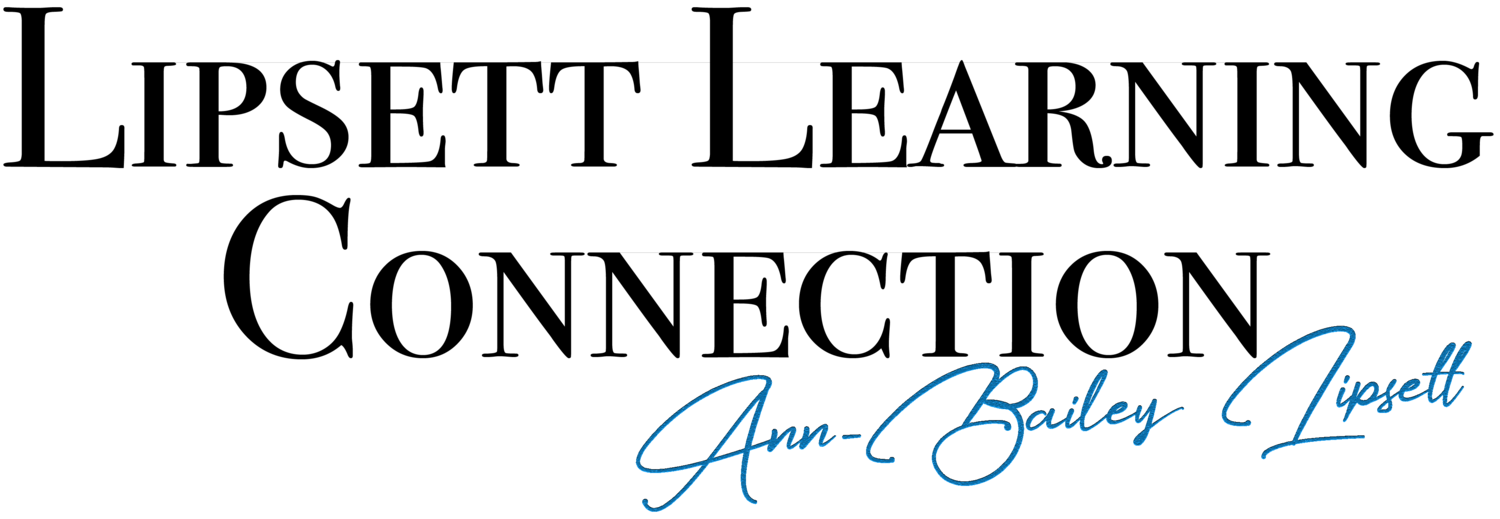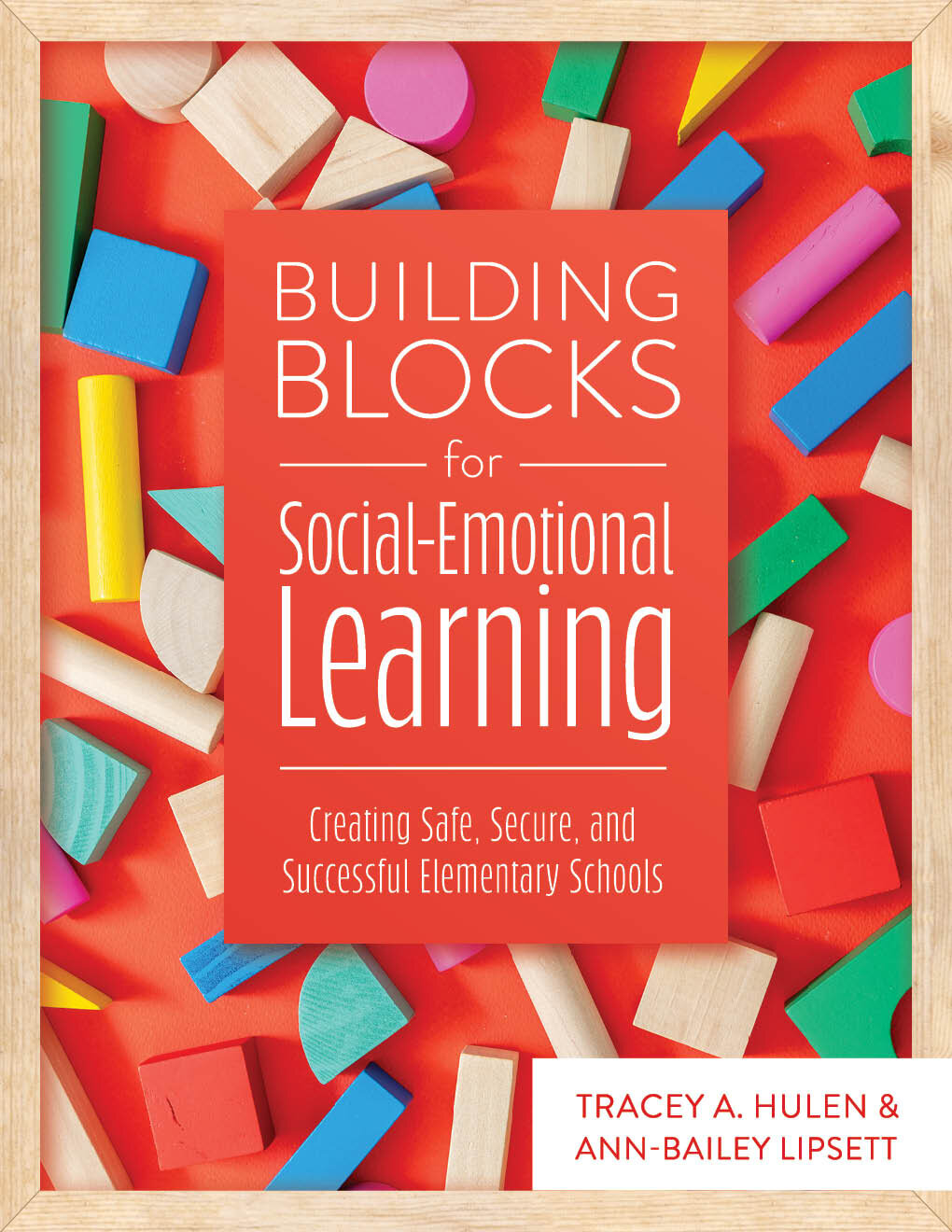I wrote earlier about why our schools are placing more emphasis on social-emotional learning (SEL) this year than before and that this should not be something we worry about interfering with our children’s academic work. As parents we should want our children to be in schools that are supporting their social emotional development. However, it is easy to put together a program and call it “SEL”. Below, my co-author, Tracey Hulen and I, respond to questions we received last week around the idea of authentic SEL and what makes SEL meaningful for students.
Relationships must be the foundation
For SEL to truly be authentic, no matter the program the school is using, it must be built around meaningful relationships within the community and the students’ feelings of safety within the learning community and school itself. The SEL principals being taught and supported should be modeled by the teacher throughout the day, as well as reinforced and coached during genuine social situations.
So what is Social Emotional Learning?
One would think that after writing a book on SEL we could easily define it, but as we learned throughout our writing process, this is actually a difficult task. Partly because SEL is defined in different ways by different sources. The Collaborative for Academic, Social, and Emotional Learning (CASEL) is a nonprofit organization based in Chicago, Illinois, that identifies SEL as essential for moving students forward (Hulen, Lipsett, 2021). CASEL defines SEL as “an integral part of education and human development. SEL is the process through which all young people and adults acquire and apply the knowledge, skills and attitudes to develop healthy identities, manage emotions and achieve personal and collective goals, feel and show empathy for others, establish and maintain supportive relationships, and make responsible and caring decisions.” (Niemi, 2020; CASEL, n.d.f). This definition, though thorough, does not necessarily clear up confusion for parents wondering why their children are working on SEL, or what the learning might look like.
We hear of many different SEL programs in schools this year as schools are working to put something in place. Some involve scripted lessons or pre-packaged programs while others involve a district-wide social-emotional screener. Some programs may focus on one aspect of SEL like building a growth mindset or coaching children’s executive functioning skills. Others may focus on building community or on providing structure for the school’s positive behavior management system.
For SEL to truly be authentic, no matter the program the school is using, it must be built around meaningful relationships within the community and the students’ feelings of safety within the learning community and school itself. The SEL principals being taught and supported should be modeled by the teacher throughout the day, as well as reinforced and coached during genuine social situations.
Our classrooms provide endless opportunities for teachers to both model using SEL skills and to reinforce and coach students on these skills throughout the day. Often, SEL can be naturally embedded into academics so that instead of creating an “either or” situation between academics and SEL, students experience both simultaneously The ultimate goal is for our students to begin to take ownership of their own learning (cognitive, academic, social-emotional, physical, language, etc. ) and begin to apply these concepts and skills into their daily life.
Of course, as educators and parents, we play the most meaningful role in teaching, supporting and guiding our children in their development of SEL. Our students will do best when the SEL effort is supported by a strong partnership between the home, school and the community. Therefore, schools should be seeking guidance from students, parents, and the community and parents and the community should be reaching out to schools. This partnership is needed in the best interest of our children, but as we all know- any partnership can have its challenges, takes hard work, strong collaboration, and trust. Building trusting relationships takes respect, transparency, and all parties must be able to give as well as receive. This doesn't happen over night, but it is necessary and what is needed for SEL to be authentic and not the next educational fad.
How do you know if your schools’ SEL instruction is meaningful?
It will not be from worksheets coming home or from a description of an SEL program in a teacher’s newsletter. Instead, it will be seen in the relationship your child has with their teachers and peers as well as within the classroom itself - does your child see themselves as part of the classroom community? Is your child naturally using the SEL strategies that are being targeted in the classroom? When your child is faced with frustration or a problem do you notice a change in how they approach that problem? Authentic SEL will show in your child’s language and approach to problem solving. As parents you can support your child by providing teachers with the background knowledge that is needed for your child to be successful in school beyond just academics. Consider asking about the needed SEL skills that can be extended to the home setting as a means for supporting and strengthening your child’s learning. SEL should not just occur for a short isolated time period within the school day, rather it should extend throughout a child’s entire day-at school and in the home.
What should assessment look like and what if my school is using an SEL screener?
Be sure to ask what the teacher, school, or district is planning on doing with the information from this initial assessment. Are teachers using it to inform their instruction, support specific students who may need additional support in particular areas? How will the results of this screener influence the teachers’ SEL decisions in the classroom? Are they prepared to take into account individual children’s developmental or cultural differences that may cause the child’s scores to fall in the ‘at risk range’ on a screener? Any form of assessment should be developmentally appropriate, attend to equity and cultural factors, and not be used to diagnose students, but rather focus on the positive development of students and seek out areas that can be continuously strengthened using positive student- driven goal setting approaches.
Share any concerns and questions you have around SEL with your school. These discussions that follow will offer insight and hopefully build trust and confidence in the school’s long term plans.
Want to learn more about Authentic SEL?
Our book is due out in December and is currently available for pre-order on Amazon. We go into more detail defining authentic SEL and how SEL relates to child development, as well as how schools can build a home-school partnership.



